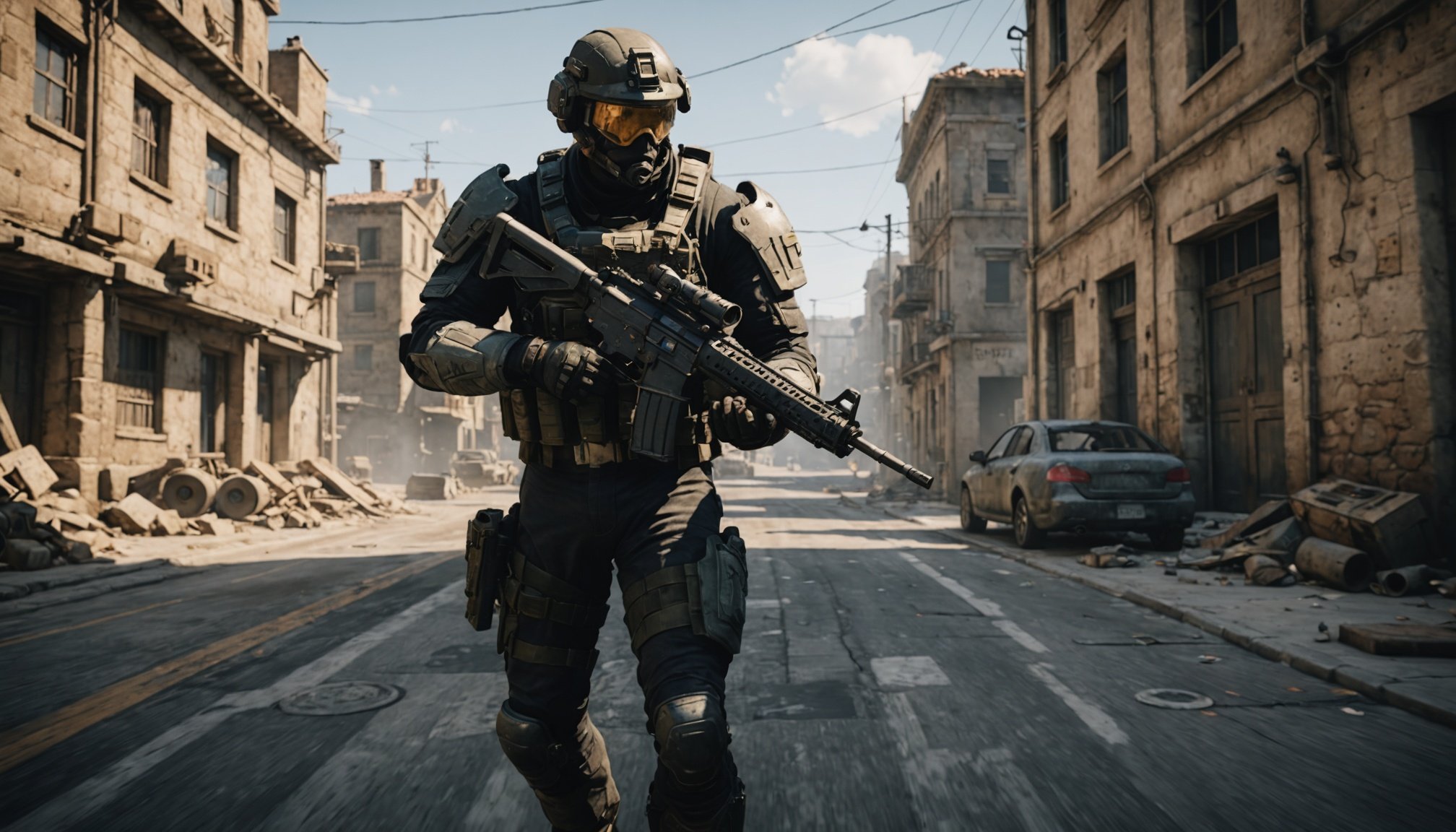Understanding Real-Time Physics Simulations
In the world of gaming, the significance of real-time physics simulations cannot be overstated. These simulations are pivotal in creating a more immersive experience by accurately modeling the laws of physics in virtual environments. This enables players to interact with game worlds in a more realistic manner, enhancing the game mechanics and overall enjoyment.
Key Physics Engines in Action Games
Several popular physics engines are responsible for bringing real-time physics to life. Among them, Havok, PhysX, and Bullet are frequently used. Each offers unique features and capabilities, which are leveraged by developers to create specific game interactions. For instance, Havok is renowned for its capability in complex real-world simulations, PhysX stands out with its provision of detailed particle simulations, and Bullet is appreciated for its open-source nature, allowing for comprehensive customization.
In the same genre : Essential Factors for Crafting Intuitive Interfaces in Virtual Reality Puzzle Games
Enhancing Game Mechanics and Interactions
Physics simulations play a critical role in the development of game mechanics, defining how objects and characters interact within the game world. By incorporating realistic physics, players can enjoy a more engaging experience. This leads to more dynamic environments where actions have believable consequences, making gameplay not only more enjoyable but also more challenging for players.
Implementation of Real-Time Physics in Action Games
Integrating real-time physics simulations into action game development involves meticulous planning and execution. Game developers must balance the desire for realism with the technical complexities inherent in physics implementation. The process typically begins with selecting a suitable physics engine tailored to the game’s specific requirements. Following this, developers integrate the engine within the game’s architecture, often requiring custom programming to align physics behavior with gameplay design.
This might interest you : Accelerating Authenticity: Essential Elements for Crafting Realistic Damage Models in Racing Simulations
Programming Challenges
Developers face a myriad of programming challenges. These include synchronizing physics simulations with rendering processes, handling collision detection with high precision, and ensuring real-time feedback during gameplay. Errors in these areas can lead to unrealistic object behaviors, resulting in a compromised player experience. Furthermore, each game demands unique physics adjustments, requiring constant tweaks and refinements by the programming team.
Hardware Considerations
The quality of physics simulations heavily relies on hardware capabilities. Advanced simulations, such as detailed particle effects or intricate object interactions, demand significant computational power. This means developers have to optimize performance to cater to a wide range of hardware, from high-end gaming PCs to less powerful consoles. Striking the right balance ensures smooth and engaging gameplay across all platforms.
Case Studies of Popular Action Games Utilizing Real-Time Physics
Exploring how real-time physics is leveraged in popular action games offers insights into its importance in enhancing gameplay. These games serve as exemplary models of how physics in gaming elevates player experience and interaction.
Example: “Battlefield” Series
In the “Battlefield” series, real-time physics significantly impact gameplay. The environmental destruction allowed by advanced physics simulations immerses players in intense, dynamic combat scenarios. Players can strategically alter battle environments, demolishing structures or creating cover. This interaction fosters a highly immersive gaming experience, affecting tactical decisions and enhancing engagement.
Example: “Half-Life 2”
“Half-Life 2” stands as a monumental case study with its innovative use of the Gravity Gun. Integrating real-time physics, this mechanic allows players to manipulate objects, solving puzzles and interacting uniquely with the game world. The realism afforded by physics enhances player immersion, making actions feel consequential.
Example: “Just Cause” Series
In the “Just Cause” series, physics are pivotal in creating dynamic environments known for their chaos. Players can manipulate the environment extensively, leading to spontaneous and entertaining scenarios. The use of physics supports gameplay variability and fun, keeping the player’s experience fresh and engaging throughout.
Challenges and Limitations of Real-Time Physics Simulations
Implementing real-time physics simulations presents significant challenges for game developers, often involving complex technical hurdles and performance issues. One common challenge is achieving high precision in physics computations while ensuring seamless, real-time interactions. Developers need to optimize these simulations to run effectively across various hardware platforms, from high-end gaming PCs to less powerful consoles. This often requires significant trade-offs between realism and computational efficiency.
Technical limitations also arise with collision detection and object behavior synchronization, pivotal elements that can considerably impact the player experience. When not accurately managed, these issues can lead to gameplay disruptions, breaking the illusion of immersion crucial for player engagement.
Performance impacts from demanding physics simulations necessitate careful optimization, which entails refining codes and employing efficient algorithms. Developers often grapple with balancing the level of detail and realism against the need to maintain smooth game flow, which is critical for retaining player interest and enjoyment.
To address these challenges, developers can adopt advanced software tools and techniques. Such approaches allow for more efficient simulation operations without drastically compromising the quality of the real-time physics, hence ensuring an engaging and immersive gaming experience.
The Impact of Real-Time Physics on Player Experience
Real-time physics significantly influences the player experience by creating a more engrossing and coherent game environment. This technology enables realistic interactions, enhancing player immersion considerably. When players see objects respond naturally to forces, like gravity or collision, the realism amplifies their emotional and cognitive engagement, creating a sense of being “in the game.”
Furthermore, the psychological effects of this improved realism are noteworthy. Players often find themselves more invested in a game where their actions yield realistic consequences. The ability to predict outcomes based on familiar real-world physics fosters a deeper engagement, making each decision feel significant and impactful within the game.
Balancing this realism with the game’s pacing and flow is crucial. Overemphasis on strict physics can hinder game enjoyment, bogging down action with slow or cumbersome mechanics. Developers strive to find the sweet spot where realism enhances the experience without compromising game fluidity. This careful balance ensures that real-time physics not only enriches the gaming world but also maintains a dynamic and enjoyable game experience. Finding this equilibrium helps keep players engrossed while still providing a compelling and action-packed gameplay environment.











